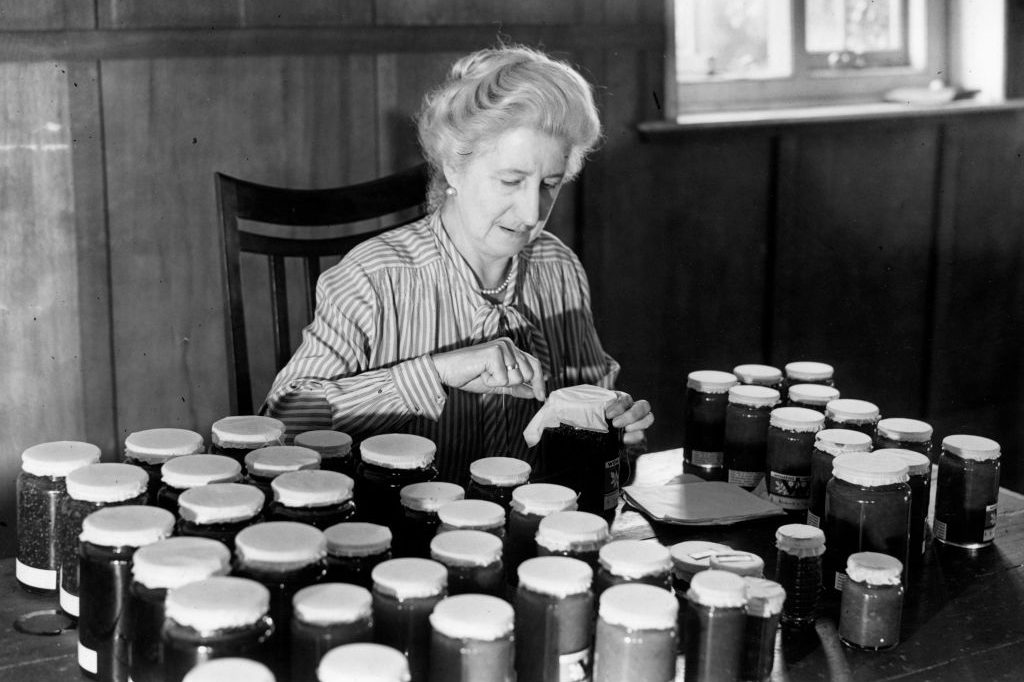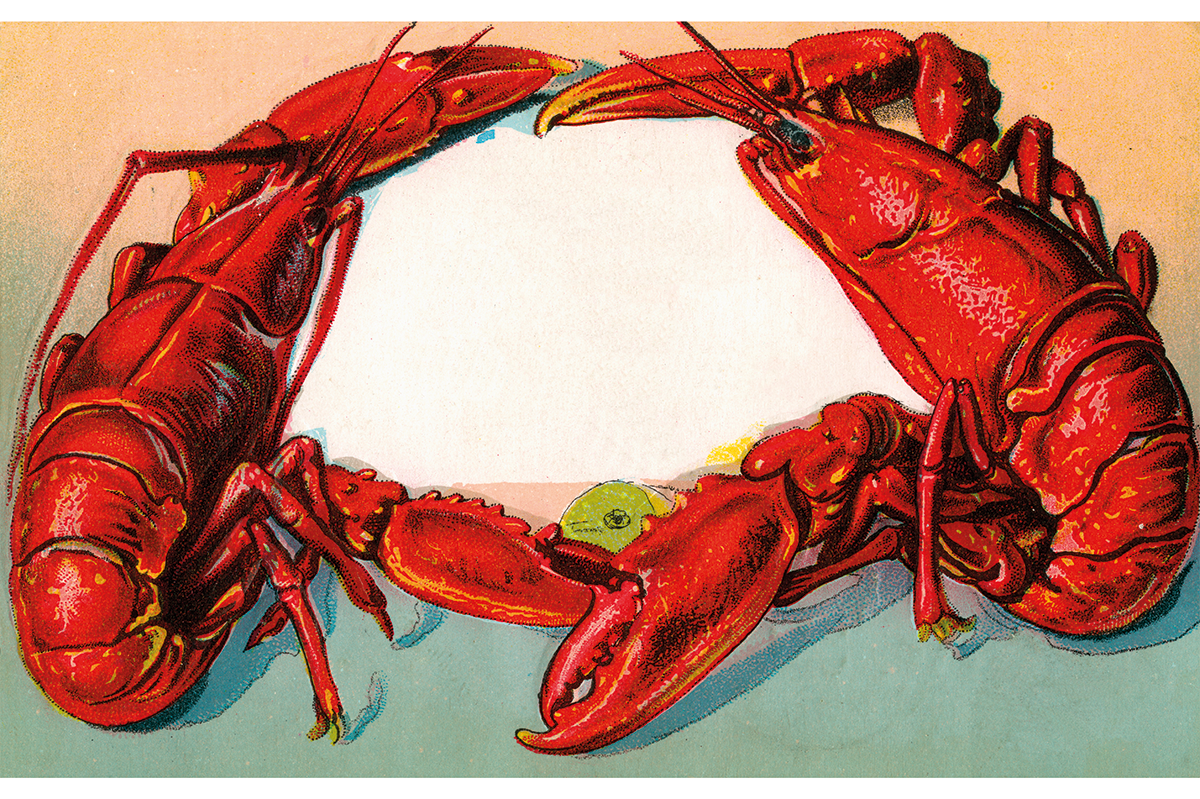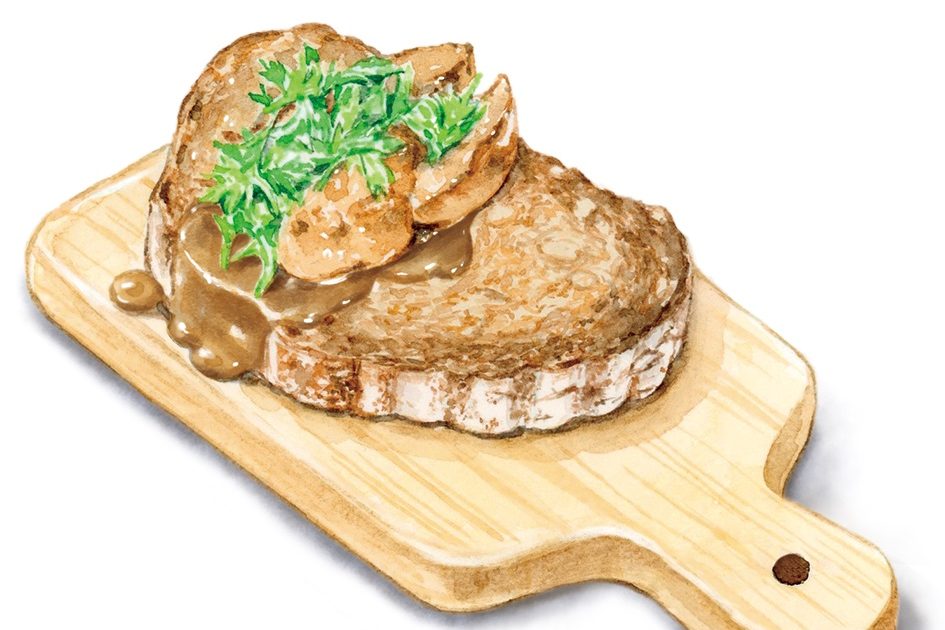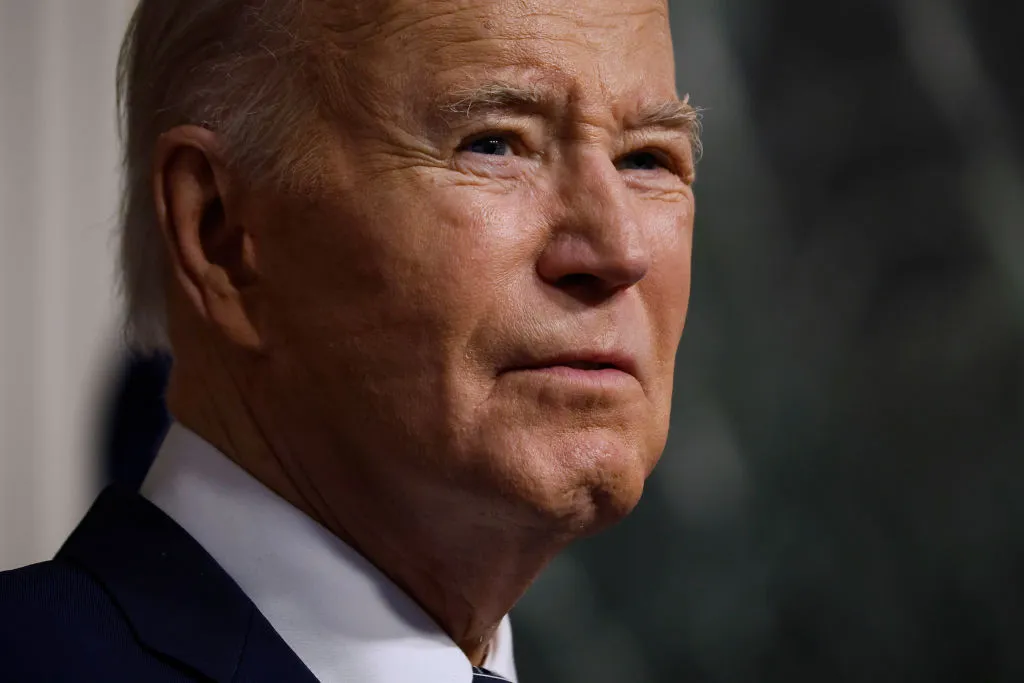There isn’t a lot for a kid in Montana to do in summer. School’s out and the heat is relentless – so stifling that the only real escape is the cool embrace of the fruit and vegetable aisle at Albertsons. By July, my hometown’s lone waterpark was overrun with feral, overweight preteens, their bellies jiggling as they stampeded across the scorching cement.
After an overpriced afternoon at the waterpark, many of these kids would head to McDonald’s for dinner. The more upmarket option was to try to exploit a family with a country club membership. The fast food there is classy; quick but not greasy – think mini tacos and peppery chicken strips served with a petite white cup of ranch on the side.
But down the highway are the real fast-food joints. While downtown family-run cafés and delis continue to shut their doors for good, Wendy’s, Taco Bell and Burger King surge on. Taco Bell has always been a step too far for me, but I was never too good for Burger Master. Their special was the Flying Cheeseburger, so called because the buns are baked and sealed together so the patty looks like a flying saucer.
The first taste of freedom my sister and I enjoyed was our maiden ride in the 1990s Ford Taurus our dad bought us for high school. Naturally, Burger Master was our first destination. There’s no finer feeling than being 15 with your sister chauffeuring you to a burger joint.
The joy was heightened by the realization that, from now on, we could do what we wanted. It created a heady sense of rebellion. Hitting up a drive-thru at lunch time is hardly criminal behavior, but when you’re underage and not accompanied by an adult, it almost feels it.
When we needed to study, we went to the gas station café where they sell corn dogs. On first dates we went to the DQ, a dozen blocks from our house. There is nowhere else to socialize in a small town in the west, unless you count the Elks Club, which I don’t. That is, until the state fair comes.
Despite what the Duchess of Sussex tells us, not everyone has access to fresh produce from a farmer’s market
For one week at the end of July the carnies roll in, the barns and stables fill with prize goats and miniature ponies, and the Expo Park Midway crowds with food trucks. The Great Falls fairgrounds are made up of attractive white Art Deco buildings with red trim, and during the fair you can wander through them and peruse the 4-H stalls while you eat a giant breaded meatball on a stick. If you want deep-fried bacon, you can get that, too.
I still dream about the cheese curds, essentially deep-fried balls of cheese, crispy with salt and still sizzling. Pair them with a paper bag of mini cinnamon-sugar donuts and a freshly squeezed lemonade, and you’re set for the afternoon. At the state fair, among the thousands of hungry visitors, there is no shame in sitting down at a plastic table in the scorching sun to devour a powdered-sugar funnel cake the size of your head. But perhaps there should be.
Fry bread is one of the state fair’s staples, as it is in many western states. You can have it with huckleberry butter and powdered sugar, or as the base for an “Indian Taco.” The vendors selling these tacos are indeed Indian, and although it hardly seems traditional, it is. “Even though it’s only been around for a hundred years,” one vendor says, “it’s part of our culture now.”
Fry bread was born out of necessity when the US government began supplying food to Native American reservations after the mass slaughter of bison. In the brutal winter of 1884, famine devastated the Blackfeet Reservation in Montana, claiming a quarter of its people. Stripped of their traditional food sources – prairie turnip, bitterroot and serviceberries – the Blackfeet were left with government-issued rations of flour, salt and oil. With little else to work with, they created fry bread, a simple yet enduring staple that has remained a part of Native American culture for more than a century.
Despite fry bread’s woeful history, Vanessa Sanchez of the Blackfeet Reservation, who owns and runs Fat Baby Frybread in Bigfork, Montana, sees it as part of her culture now. “People love my bread and I love feeding people,” she said. It provides for her family. But still, if your kid eats at Fat Baby Frybread every day, you will have a fat baby.
Around 40 percent of Americans are obese. In Montana, obesity is especially high among American Indians, who are also at an increased risk of Type-2 diabetes. Minority children are also less responsive to insulin. It makes for a bad combination.
It is ironic but true that high obesity rates are largely caused by a lack of nutritious food. A 2016 survey showed that 43 percent of American Indian households in Montana were “food insecure,” meaning that access to nutritious foods is limited. The isolation of reservations means that fresh produce is hard to come by – unless you can grow your own, which Indians generally can’t. Reservation land is communal and most Indians have no private land to their name. “Rez” land is nutrient poor, too, so even if they could farm, the yields would be meager.
Many homes on the rez are mobile, so cooking facilities are limited. Some of the reservations are massive, and in the middle of nowhere. Fort Peck Reservation is 3,200 square miles. Fort Peck’s biggest town, Wolf Point, has a falling population of 2,500, down 5 percent since 2010, and the nearest city with a population higher than 10,000 is a four-hour drive away. Wolf Point does have an Albertsons, but you still can’t find decent produce there. The average tomato in a small-town Albertsons grocery store is barely edible.
Despite what Meghan, Duchess of Sussex, tells us, not everyone has access to fresh produce from a farmer’s market. In fact, millions of Americans – and almost half of American Indians – do not. They must take their nutrition and their pleasure where they can find it – from Wendy’s, or Taco Bell or, during one golden week in the summer, from the Fry Bread Express stall at the annual state fair.
This article was originally published in The Spectator’s June 2025 World edition.























Leave a Reply